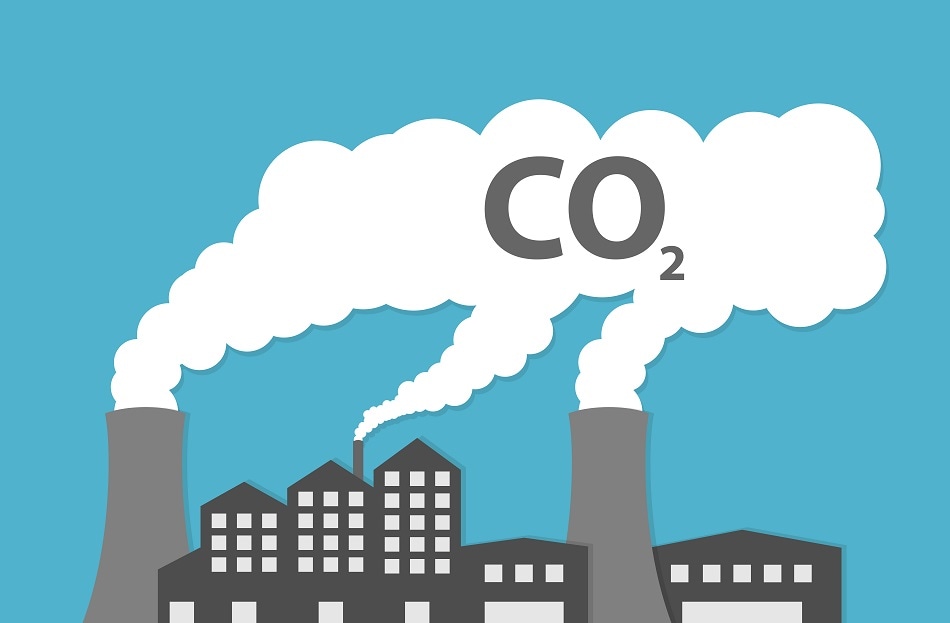 ByEmo/ Shutterstock.com
ByEmo/ Shutterstock.com
Carbon dioxide is a waste product from industry and is, in part, responsible for global warming and the associated rising temperatures. But what if this greenhouse gas could be turned into useful compounds such as fuel and chemical feedstock?
Researchers at Massachusetts Institute of Technology (MIT) have developed a new system which could be used for converting power plant emissions of the gas into useful fuels, thus cutting greenhouse emissions and providing another potential revenue stream to cover its costs.
The system is based on a membrane with a perovskite structure consisting of lanthanum, calcium and iron oxide. The membrane allows oxygen from a stream of carbon dioxide to migrate through to the other side, leaving carbon monoxide behind. Other compounds known as mixed electronic conductors have also been considered by the scientists for use in multiple applications including oxygen and hydrogen production.
The carbon monoxide produced via this method can be used as a fuel by itself or combined with hydrogen and/or water to make many other liquid hydrocarbon fuels and other chemicals such as methanol and syngas. The process could become part of a group of technologies known as carbon capture, utilization and storage (CCUS) which if applied to electricity production could reduce the impact of fossil fuels use on global warming.
The membrane is 100% selective for oxygen, allowing only these atoms to pass through, explains Xiao-Yu Wu, an MIT postdoctoral associate in the Reacting Gas Dynamics Lab, who developed the membrane with Ahmed Ghoniem, the Ronald C. Crane Professor of Mechanical Engineering.
The process is driven by temperatures of up to 990°C, and the key to making the process work is to keep the oxygen that separates from carbon dioxide flowing through the membrane until it reaches the other side. This could be done by creating a vacuum on the membrane opposite the carbon dioxide stream – but this would be energy intensive.
Instead the researchers use a stream of fuel such as hydrogen or methane, both of which are readily oxidised and actually draw the oxygen through the membrane without the need for a pressure difference. The membrane also prevents the oxygen from seeping back through and recombining with the carbon monoxide.
Wu says heat is needed to keep the process going, which could be provided by solar energy or by waste heat, some of which could come from the power plant itself. The process makes it possible to store this heat in a chemical form for whenever it is needed. Chemical energy storage has a very high energy density – the amount of energy stored for a given weight of material – compared to other forms of storage.
Ongoing research is investigating how to increase the oxygen flow rates across the membrane: potential ideas include changing the material used to build the membrane, or the geometry of the surface, or even adding a catalyst to the surface. The researchers are also working on a way to integrate the membrane into working reactors and coupling the reactor with the fuel production system. They are examining how the method could be scaled up, and how it compares to other approaches to capturing and converting carbon dioxide emissions in terms of cost and the effect on overall power plant operations.
In a natural gas power plant Ghoneim’s group have previously worked on, the incoming natural gas could be split in two, explain Wu. One stream could be burned to generate electricity while producing a pure stream of carbon dioxide. The other stream could be directed to the fuel side of the new membrane system, providing an oxygen-reacting fuel source. This stream would produce a second output from the plant – a mixture of hydrogen and carbon monoxide known as syngas, which is a widely used industrial fuel and feedstock.
This method – reported in ChemSusChem - works with any level of carbon dioxide concentration, says Wu. The researchers tested it all the way from 2% to 99%, with higher concentrations being more efficient – it is therefore well-suited to the concentrated output streams from conventional fossil-fuel-burning power plants, or those designed for carbon capture like oxy-combustion plants.
Disclaimer: The views expressed here are those of the author expressed in their private capacity and do not necessarily represent the views of AZoM.com Limited T/A AZoNetwork the owner and operator of this website. This disclaimer forms part of the Terms and conditions of use of this website.